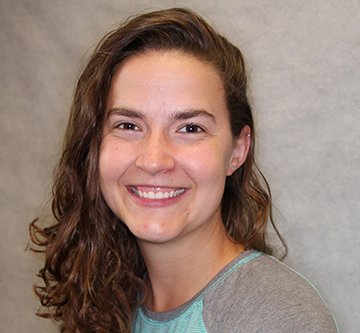Researchers create activities designed to improve collaboration skills

Collaborating with others is not always easy and requires a variety of skills. Hannah Leopold, teaching specialist and assistant director of general chemistry, published an article, "Implementing Reflective Group Work Activities in a Large Chemistry Lab to Support Collaborative Learning," examining how group activities can be used to promote the development of collaboration skills that students need in their classes, laboratories, and future careers. She wrote the article, published in Education Sciences, with Ann Smith, education program specialist with Global Programs and Strategy Alliance and co-leader of the International Student Academic Integration Initiative.
"Our student body at the University is becoming increasingly diverse, yet, we are behind in supporting this diversity," Leopold wrote. "Working across differences is an important skill that our society and workforce requires yet it is not explicitly taught in our classrooms. The skills associated with collaboration do not come naturally. They need to be modeled, taught, and practiced. Additionally, when collaboration is done well it especially benefits historically marginalized and underrepresented groups."
In science, technology, engineering, and math courses, students with varying backgrounds and experiences often work together without the support needed for successful collaborations. For example, in the Department of Chemistry's general chemistry laboratories, students work for 14 weeks designing experiments and solving problems together. This course structure provided a great opportunity for the authors to develop a set of group activities meant to support students over their 14 weeks together.
In their article, Leopold and Smith present their newly implemented group activities that help promote collaboration and a sense of belonging by all group members as well as content knowledge and inclusion. They hope that their research can be used to support and strengthen collaboration within STEM and inspire instructors to identify how they can support student interactions in their classrooms.
The article is available at Education Sciences and Research Gate. https://doi.org/10.3390/educsci10010007